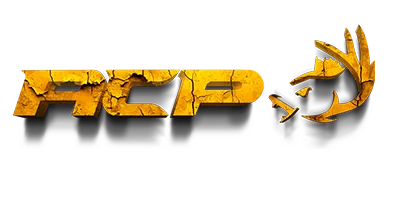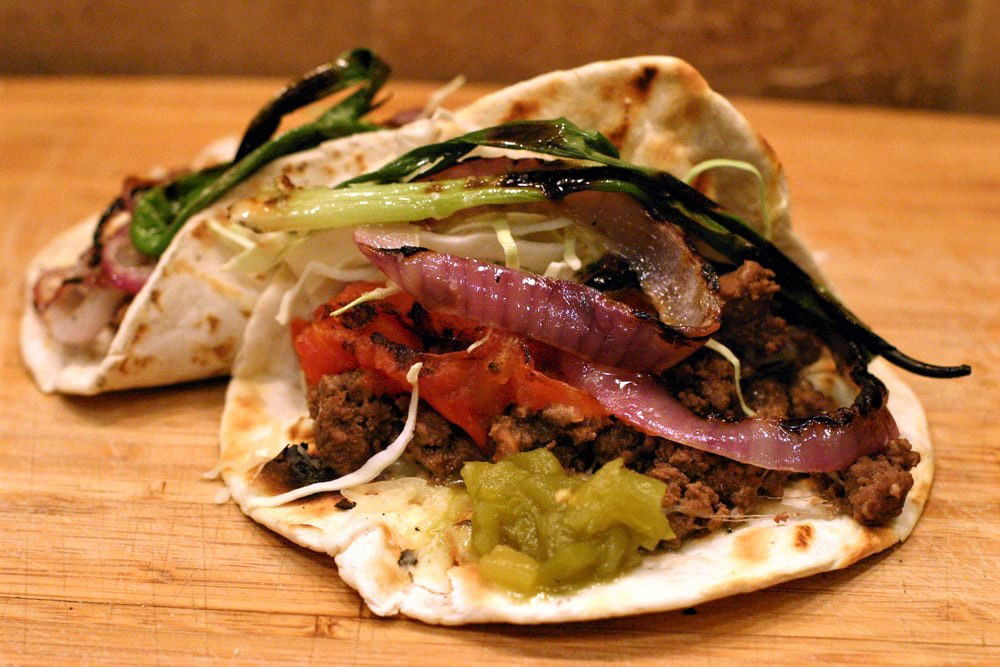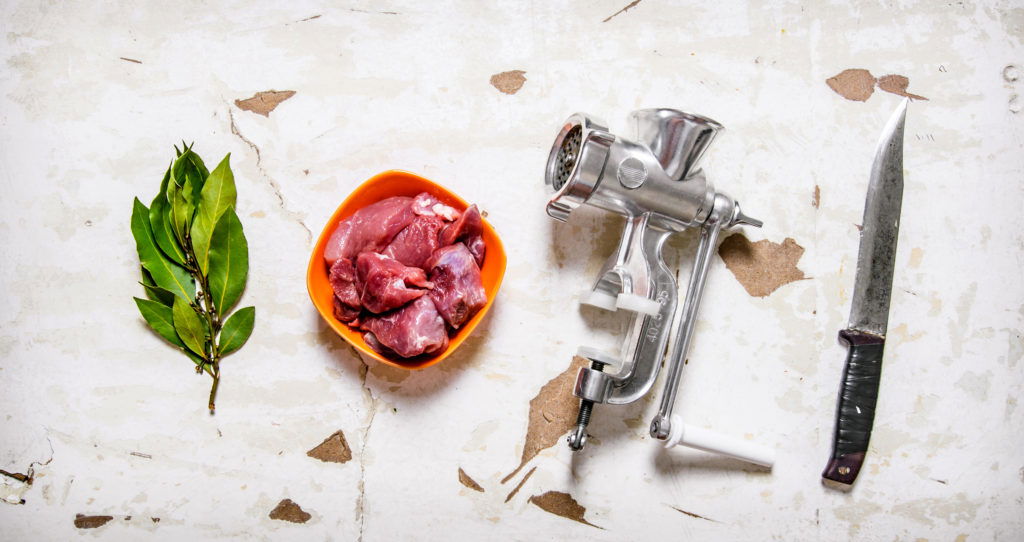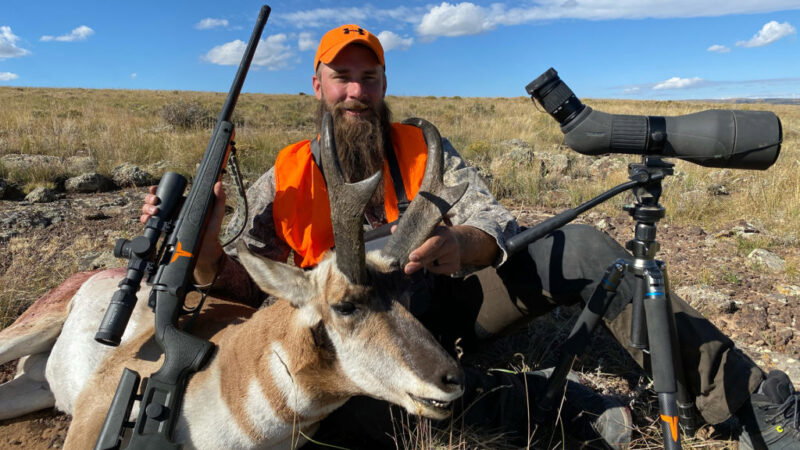What is a Meat Hunter
Defining what is a meat hunter is more than harvesting every animal; it’s about connecting with your food and appreciating the quality of meat we feed our families.
Despite a general sense of unity among big game hunters, there is one point of contention: what is a meat hunter. By the same line of questioning: what is a trophy hunter?
We will point out that this is a topic for discussion and not an argument for one or the other. The two overlap. The hunter who kills a wall hanger, for the most part, enjoys the fruits of the animal just as much as he who’d rather a doe walk by. Whether you’re heading into the woods strictly for meat or in the pursuit of a taxidermy bill, the point is that you’re hunting.
To us, meat hunter, or, in reality, hunter,<span style=”font-weight: 400;”> is a catch-all term describing the primal connection and respect that we have with our quarry. By the end of this article, we will have peeled back the layers of nuance and brought to light what it truly means.
What is a Meat Hunter
The main goal of a meat hunter is to substitute some or all of their protein diet with wild game. Of course, reasons vary. Still, most examples include a desire to connect personally with the food as a resource harvested from the land. There’s an added layer of satisfaction too.
Another example for someone subsisting off of wild game is due to the fluctuating costs of beef, pork, and chicken; store-bought protein. This is a fact apparent to anyone who has visited the grocery store in the past two years. Understandably the supply issues, the rising cost of food, and the mandated closures of many locations have created a renewed interest in hunting as a “covid proof” means to eat.
Different Hunters
The two distinct groups of hunters we’ve alluded to are meat hunters and trophy hunters. Trophy hunting is not a term that is well explained to the public and carries a hint of contempt. A non-hunter may assume that once the “trophy” is removed, the meat is discarded. Quite the opposite.
To contrast the positive difference between these two hunters, we can use the example of how one might portray an animal and the hunt to his friends. A trophy hunter may choose to highlight the achievement and restraint needed to harvest a specific animal, be it a 10-point buck or a 300-plus-inch elk. The focus is on the trophy, ie. antlers, and the pursuit. And truth be told, most of us revel in the tales of such hunts.
A meat hunter’s story may come off a bit more bland. As in, “the deer walked out and I made a clean double lunger.” That sort of thing. But in this latter instance you may receive a depiction of the food generated from the animal, how it was prepared and cooked, what was served with it, and so on.
And that’s not to say that you wouldn’t get this from either camp. Again, there is a lot of overlap between the two.
From Field to Plate
A growing portion of the population has become interested in what’s known as the locavore movement. Which is, in layman’s terms, eating food that’s been locally sourced. A popular description is field to plate.
In the case of deer or similar species, a meat hunter is after the most meat they can ethically harvest. This desire to fill the freezer has resulted in the tongue-in-cheek phrase “if it’s brown, it’s down,” referring to harvesting any legal deer regardless of antler size. The retort is usually another idiom, “you can’t eat the antlers,” placing the focus back on the resource and not the record of the animal. A trophy isn’t measured by Boone & Crockett points or color phase to a meat hunter. His trophy is measured in hand-labeled packages, freezer space, and meals with family.
Hard to beat a spicy “Elk Taco” with homemade tortillas!
Benefits of Wild Game
Hunters often cite the health benefits of eating wild game because it delivers a much better protein-to-calorie ratio than farm-raised options. For example, a four-ounce venison steak will average 170 calories and yield 34 grams of protein. By contrast, a painstakingly trimmed ribeye could take 200 calories to deliver about the same amount of protein. As for iron-rich red meat, it’s hard to argue that venison or any wild game isn’t an excellent option for lean protein.
Quality of the Meat
Any butcher shop will have a portion of their case devoted to animals certified to a certain quality. These certifications may be about the heritage of the animals or the standards of which they lived. Outside of species, hunters don’t differentiate a game animal’s breed.
Hunters do appreciate the quality of the meat based on its forage. All wild game is “free-range,” able to enjoy the environment and move freely, developing firm muscles that translate to high protein meat.
All wild game is “organic.” Their diet being forage and crops, whatever they require to survive. The meat’s richness comes in part from the varied and nutritious nuts, berries, seeds, and grasses. Grass-fed beef is better for you than corn-fed and venison, as we illustrated earlier, is a step further.
Physical Health
Another health benefit of wild game is the hunter’s active pursuit of food. You can walk miles to find animals. When successful, miles back. And this time with a heavy load to bear. Can’t say the same for a trip to the local supermarket. Being a hunter, especially a public land hunter, requires a dedication to physical fitness. This fact doesn’t receive the recognition it deserves as a facet of the sport.
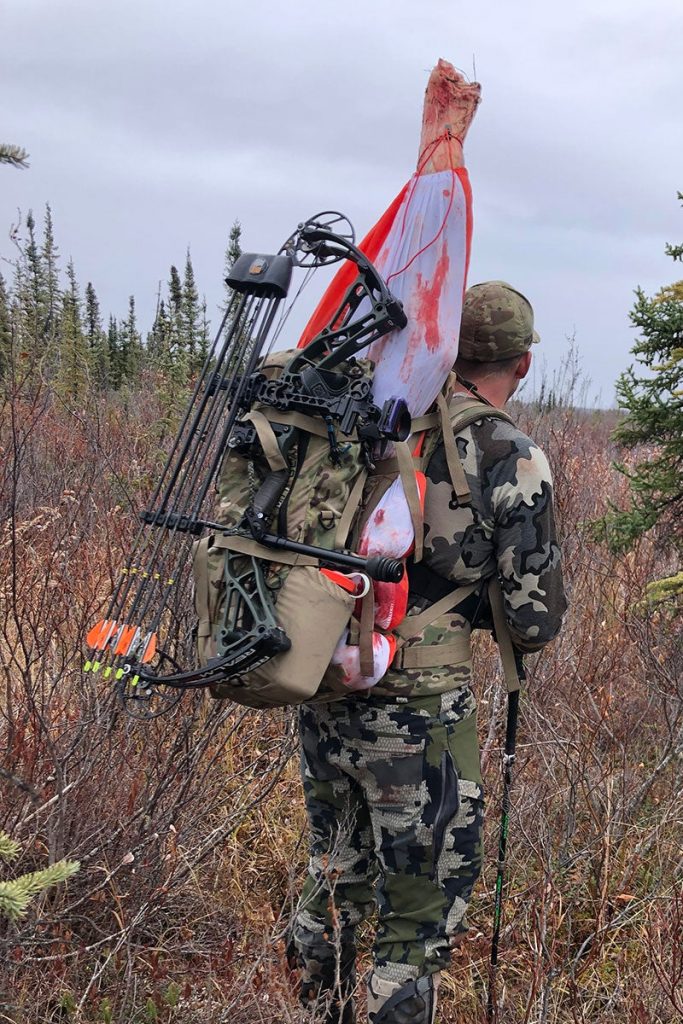
A meat hunter’s motivations lie in what’s on the animal’s bones first and foremost. This doesn’t exclude them from enjoying the outdoors as a place to connect and reset. Just as the trophy hunter will enjoy braised venison shanks osso bucco, a meat hunter will value and celebrate a heavy beamed 10 point buck.
Understanding the appeal of meat hunting is a bridge to grow the number of hunters taking to the field every season. By opening the conversation to food, we make hunting digestible (literally) to the non-hunting public. In some cases, through our explanation of what hunting means, we can help soften the image from antlers on the wall to free-range elk tacos.
